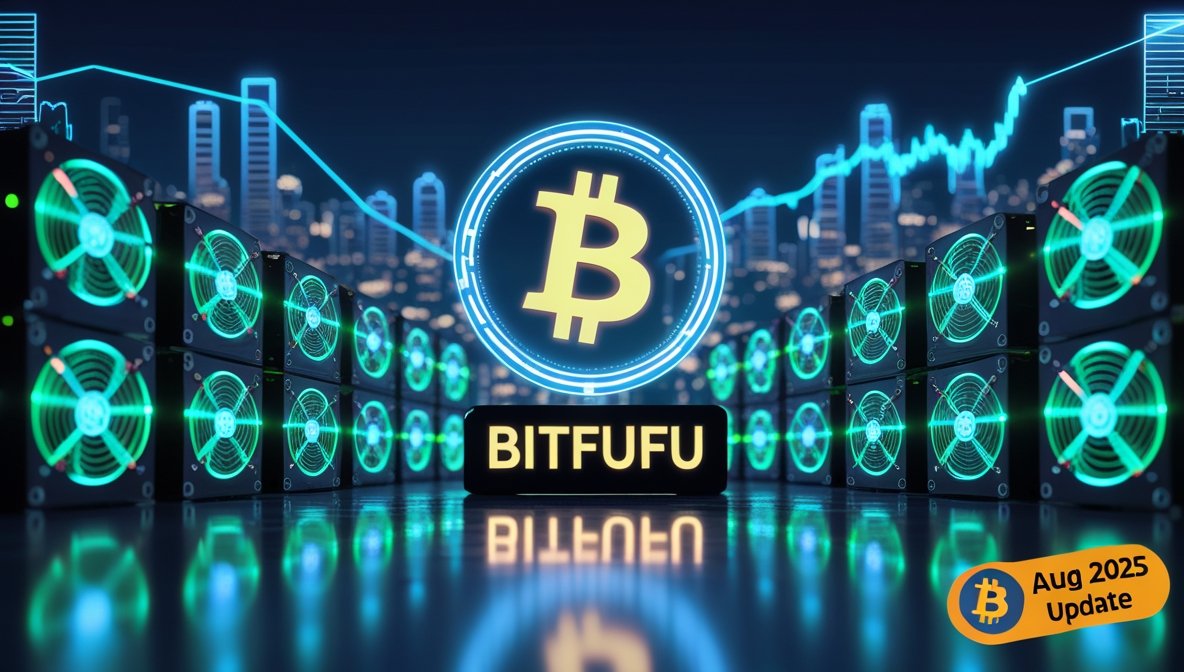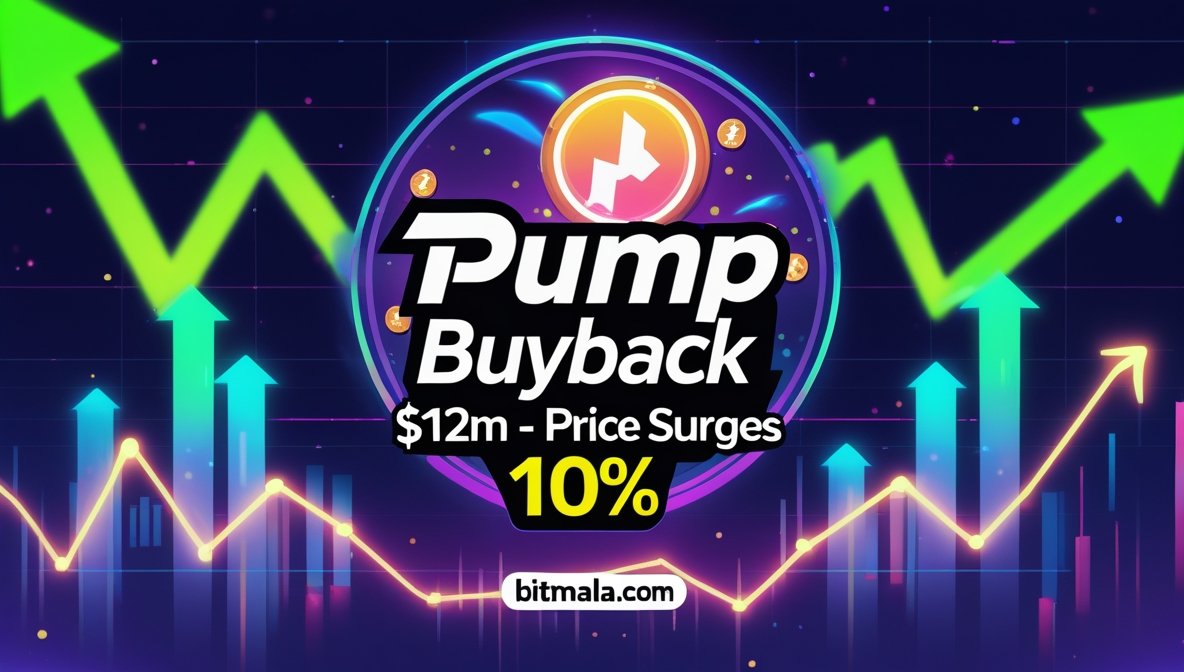Singapore-based Bitcoin cloud miner BitFuFu released its August 2025 operational update, showing increased Bitcoin holdings but a drop in production. The company’s BTC balance rose to 1,899 BTC, up 115 BTC from July, while total mining output fell 12.6% to 408 BTC, including 353 BTC from cloud mining and 55 BTC from self-mining.
CEO Leo Lu emphasized efforts to enhance mining efficiency by expanding self-owned hashrate, which surged 31.6% to 5.0 EH/s. Upgrades to ANTMINER S21 machines improved fleet efficiency to 17.5 J/TH, enabling the firm to reduce total power consumption to 628 MW, down 16.5%. Overall hashrate under management decreased 7.8% to 35.6 EH/s due to fluctuations in leased capacity.
The platform’s user base continues to grow, reaching 636,798 registered cloud mining users by August 31. Following their July record of 445 BTC mined, BitFuFu is positioning for long-term growth despite short-term production setbacks.
The company plans to connect with investors at major events, including the Gateway Conference (San Francisco), Wainwright Global Investment Conference (New York), and TOKEN2049 (Singapore).
Bitcoin trades at $113,123, up 2.41% in 24 hours, while BitFuFu’s Nasdaq-listed stock (FUFU) rose 0.55% to $3.67, signaling steady investor interest.
You might also like: Trump-Backed WLFI Token Tanks Over 40% — Whales Lose Millions Amid Brutal Market Plunge










